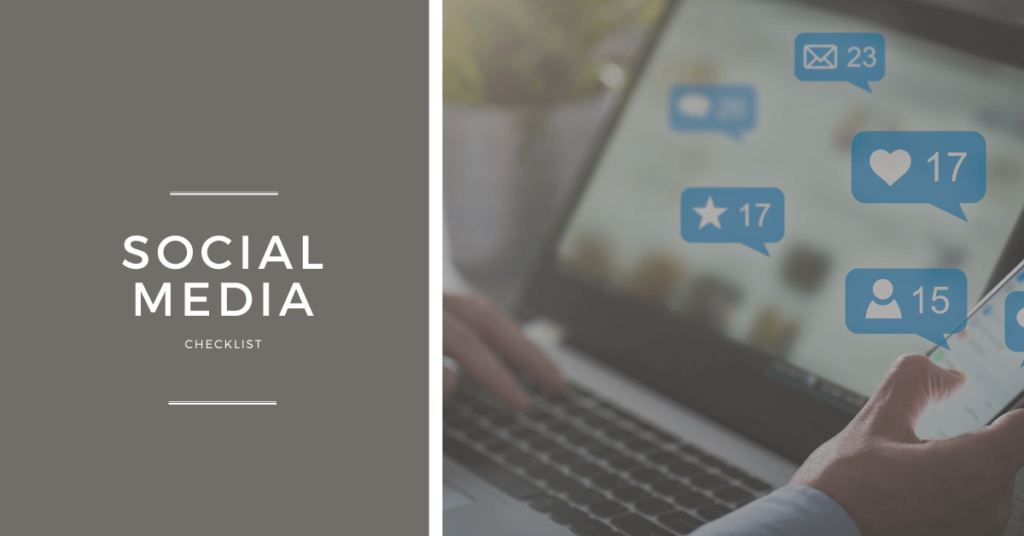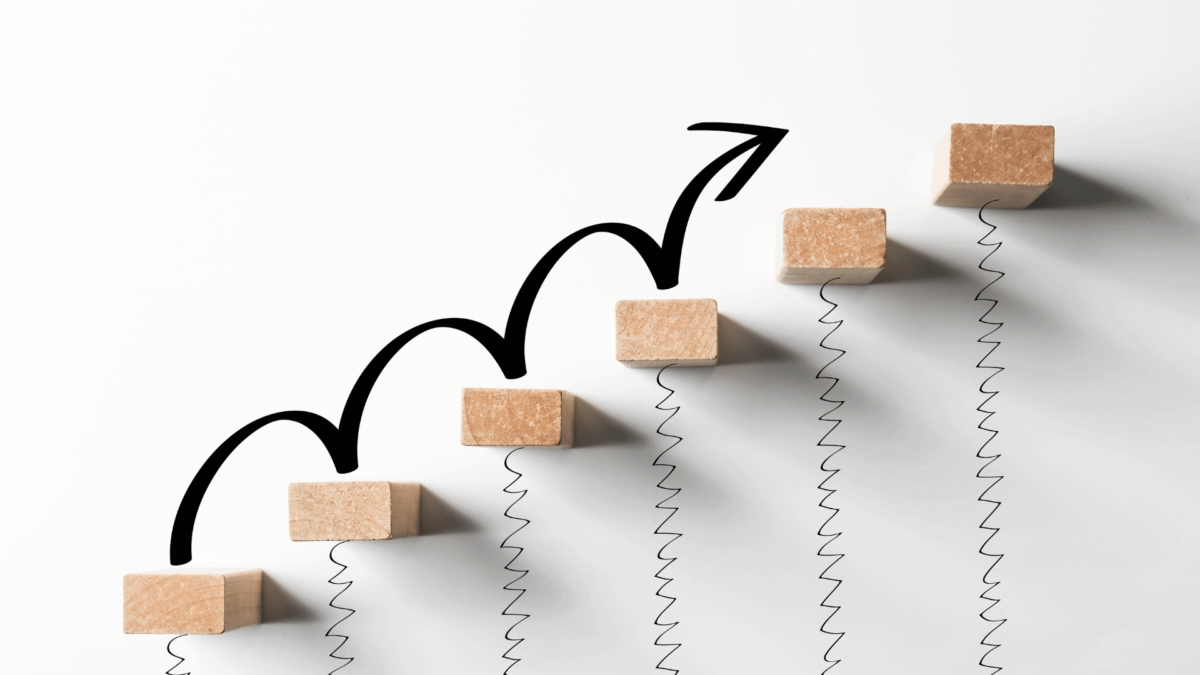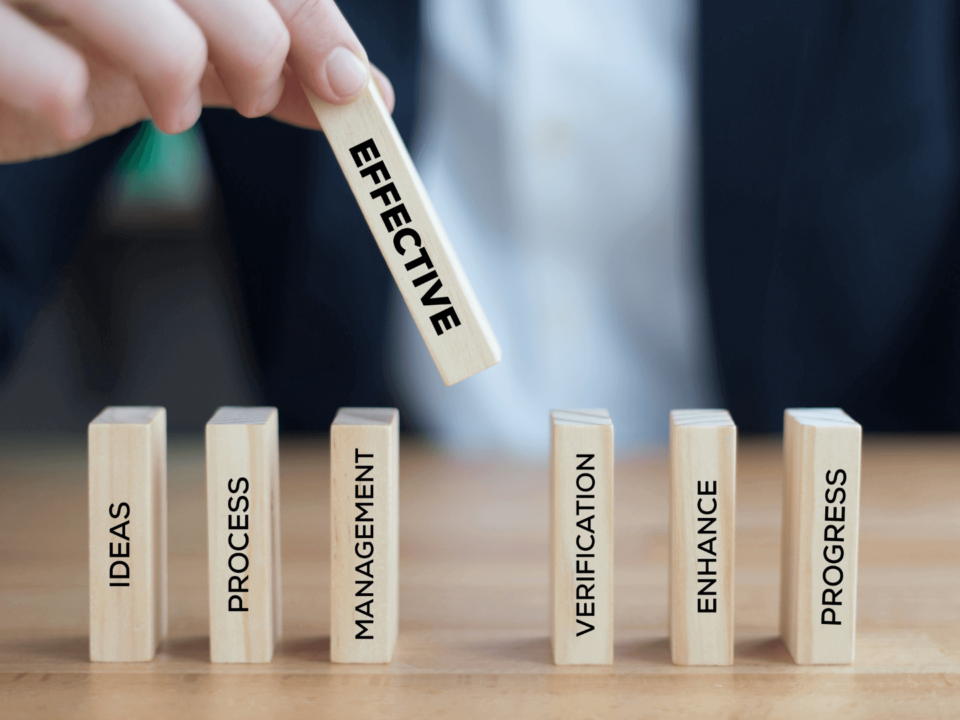- analyze data
- brand ambassadors
- brand visibility
- brand's values
- business consultant
- business environment
- business growth
- business success
- capture leads
- coaching program
- digital brand
- event marketing
- generate leads
- grow your business
- identify your target
- leadership
- margarita eberline
- marketing
- Marketing Boss
- Marketing Boss app
- marketing courses
- marketing resources
- promotional items
- social media
Event Marketing: The Catalyst for Business Growth
In today’s dynamic business environment, standing out from the competition requires more than just a great product or service; it involves creating memorable experiences that resonate with your audience. This is where event marketing becomes a powerful strategy to grow your business by fostering deeper connections with your customers. By engaging directly with your target audience through well-crafted events, you can enhance brand visibility, generate leads, and build lasting relationships.
Leveraging Event Marketing for Growth
Event marketing encompasses a variety of formats, from webinars and workshops to conferences and product launches. Regardless of the format, the goal remains to engage with your audience in meaningful ways that promote your brand. There are different types of event marketing you can consider depending on your business marketing goals. Below are some best practices and innovative strategies to ensure your event marketing campaign is a resounding success.
1. Strategic List Building
The foundation of any successful event marketing campaign is a well-curated guest list. Begin by identifying your target audience and understanding their preferences, challenges, and what they value in an event. Use various channels such as social media, email newsletters, and your website to attract sign-ups. Offer incentives for early registration and encourage attendees to invite their peers by creating shareable content.
Capture leads during events by utilizing technology such as RFID scanners, QR codes, and event apps. You can also use a landing page or a simple text to capture attendees’ contact information. The goal is to collect valuable data that can be used for future marketing efforts. For example, suppose you have a promotional booth at an event or even if you just attend a networking event. In that case, you can offer resources or other incentives in exchange for an email address or social media follow. Once the new contacts are on your list, you can nurture them with email campaigns or social media posts.
2. Create Experiences With Content
Content is king, and creating content that adds value to your attendees’ experience is crucial. Whether it’s an informative presentation or a fun interactive activity, the content should align with your event’s theme and brand messaging. Utilize various mediums such as videos, infographics, quizzes, live polls, and promotional offers to keep your audience engaged and make the event memorable.
Couple your content with memorable in-person interactions. Consider using brand ambassadors if the budget allows or simply friendly and approachable team members to ensure attendees enjoy the content and feel a connection with real people behind it. Even if all you are doing is attending an event, ensure your team has specific goals for connecting and engaging with attendees. Check out this
3. Promo Item Giveaways That Resonate with Your Brand
Thoughtfully chosen promotional items can significantly enhance the attendee experience and extend your brand’s reach beyond the event. Select giveaways that appeal to your audience and reflect your brand’s values and message. Whether eco-friendly products for a sustainability-focused company or tech gadgets for a digital brand, ensure these items are something attendees will use, appreciate, and remember.
Use your brand guide to ensure consistency in branding elements such as colors, logos, and messaging on these items. This will reinforce your brand identity and create a cohesive experience for attendees, even after your event has passed. You can also use promotional items to collect more data by asking attendees to complete a brief survey or leave their contact information before receiving the giveaway.
Use prizes and competitions to create an exciting event dynamic, encouraging participation and creating buzz. Choose prizes desirable to your target audience and relevant to your brand. This could range from exclusive access to your services, premium versions of your products, or even partnerships with other brands for more significant rewards. Ensure the process to win is clear and that participating in the competition provides value to all involved.
4. Amplify The Event Experience With Social Media
Social media is a powerful tool that can amplify your event’s reach and increase audience engagement. Create a unique hashtag for your event and encourage attendees to use it when posting about the event on social media platforms. If you are attending an event, use event hashtags and post content where you tag people and locations. This will help you connect with others at the event and increase your visibility.
Leverage live streaming to give a sneak peek or highlights of your event for those who couldn’t attend. You can also use social media stories to share real-time updates, behind-the-scenes content, and interactive polls or quizzes. This engages attendees and creates FOMO (fear of missing out) for those who couldn’t make it, increasing their interest in attending your future events and running into you and your brand.
You can create design templates to post stories and content to your social media feeds that look professional, in real-time, on social media platforms to keep the virtual attendees engaged and informed and to leverage any real-time buzz around the event online.
If you have ethe budget, you can also incorporate a social media influencer or industry expert to attend your event and share their experience on their platforms, reaching a larger audience and providing credibility to your brand. Influencer marketing has become an essential part of any marketing strategy, and it’s no different for events.
5. Interactive Activities
People are more likely to remember an event if they have a hands-on experience rather than just sitting through presentations. Incorporate interactive elements into your event, such as live demonstrations, workshops, or interactive booths where attendees can engage with your brand and its products or services. This creates a buzz around your event and allows for deeper connections with potential customers.
Incorporating gamification elements into your event can dramatically increase engagement and participation. Create interactive challenges, quizzes, or scavenger hunts to encourage attendees to explore different aspects of your event and brand. Offering prizes for these activities not only adds an element of fun but also incentivizes participation, making your event more memorable.
Keep the momentum of your event from fizzling out once it’s over. Follow up with attendees through personalized emails or texts, maybe even mailers. Use this opportunity to thank them for attending, share highlights from the event, and include a call to action for future events or further engagement with your brand. This will show that you value their presence and keep them involved and interested in your brand even after the event.
6. Post-Event Follow-Up and Analysis
The success of your event marketing campaign continues after the event itself; the real impact comes from post-event follow-up and analysis. In addition to sending personalized thank-you emails to attendees, feedback surveys, or other remarketing materials, take some time to track prospects and customers that trickle in from our event. This will give you insight into the effectiveness of your event in terms of ROI and help you plan for future events.
Analyze data such as attendance, engagement levels, conversions, and social media reach to determine which strategies were successful and which ones can be improved. You can also use this information to segment your audience and tailor future marketing efforts accordingly.
Remember that event marketing sales cycles can be long, but don’t be discouraged. Building brand awareness, establishing connections, and nurturing relationships takes time and effort. With a strategic approach and effective follow-up strategies, your event marketing efforts can yield significant results for your brand in the long run.
Best Practices for Execution
To maximize the impact of your event marketing campaign, keep these additional best practices in mind:
- Pre-event Promotion: Start promoting your event well in advance using a multi-channel approach. Utilize social media, email campaigns, and partnerships to spread the word.
- Engaging Content: During the event, deliver compelling content that addresses your audience’s needs and interests. Use storytelling and interactive elements to keep attendees engaged.
- Post-event Follow-up: After the event, continue the conversation with attendees through follow-up emails, surveys, and exclusive offers. This helps to convert leads into customers and fosters a community around your brand.
- Measure Success: Set clear metrics for success before the event and use data to evaluate performance. This will provide insights for future events and help you continuously improve your marketing strategy.
By incorporating these strategies and best practices into your event marketing campaigns, you can create unforgettable experiences that showcase your brand and drive business growth. Remember, the key to successful event marketing lies in making genuine connections with your audience and providing them value beyond the event itself.
Download the Marketing Boss app today and join a community of bosses dedicated to growth hacking their businesses. With the app’s coaching program, extensive course offerings, and invaluable resources, you’ll be equipped with the tools and knowledge to chart a successful path for your business.
Sign up to Download the Checklist


LEARN HOW TO GROW YOUR BUSINESS ONLINE WITH PROVEN STRATEGIES





